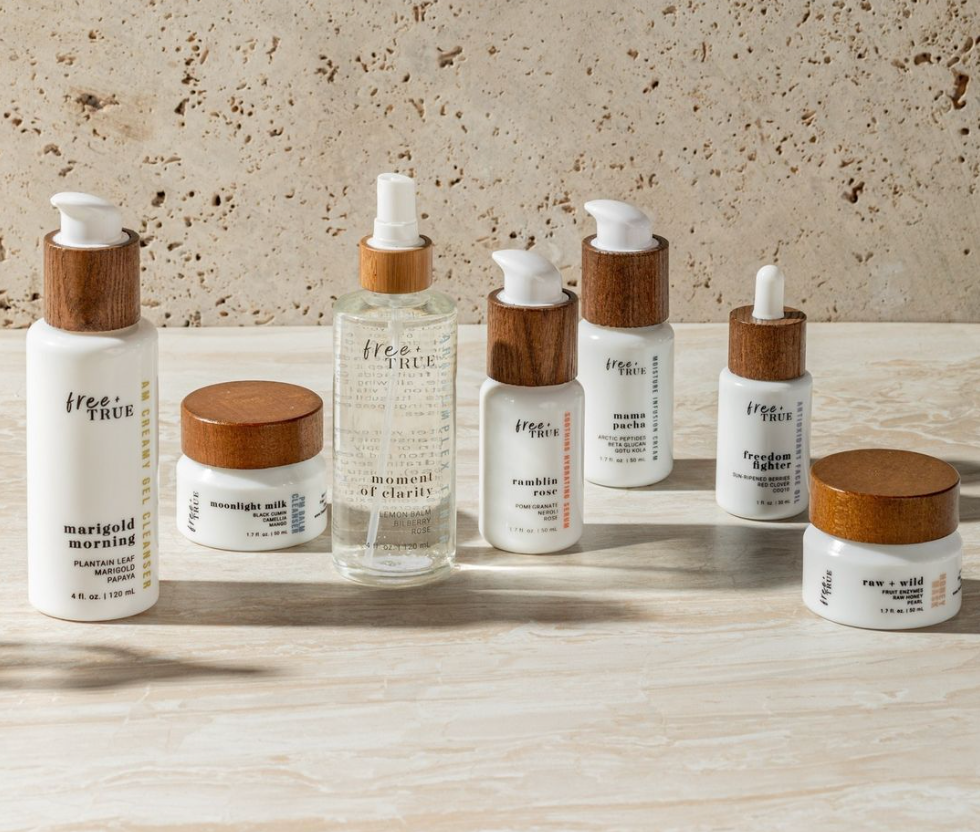
Wine should lead to relaxation. Not another headache...
It's a common misconception that alcohol levels or overconsumption are the only thing responsible for the next morning's headache. Hangovers are often caused by additives and high sugar amounts in conventional wines. Last summer I was on the verge of walking away from wine entirely as I couldn't have even a single glass without getting a pounding headache. Then I discovered organic wines and everything changed! Now I can happily have a glass (or two) and no advil necessary!
The Origins of Organic Wine:
An article from Vinebox explains that the US produces less than 2% of organic wines; whereas Spain, Italy and France represent 73% of organic vineyards in the world. The article also mentions that organic grapes account for only 5% of total vineyard acreage worldwide, which means there’s a whole lot of room for growth!
US Certifying Organizations for Organic Wines:
All organic alcohol beverages must meet regulations enforced by:
- The Alcohol and Tobacco Tax and Trade Bureau (TTB)
- TTB requires that alcohol beverage labels be reviewed through the Certificate of Label Approval (COLA) application process.
- The United States Department of Agriculture’s National Organic Program (NOP); which provides the official “organic” certification.
- The USDA authorizes third-party accredited certifying agents (ACAs) to assess organic operations’ compliance with the USDA organic regulations.
What is Organic Wine?

No matter where the wine is being produced, in order for it to be considered as and sold as organic wine in the US, it must meet standards set by the USDA:
- Must use a farming process that protects the environment, preserves the soil, and uses no chemical fertilizers, pesticides, fungicides, and/or herbicides.
- Must use a specific fermentation process that limits the amount of inputs that are added in most conventional wines.
- Additional agricultural ingredients, like yeast, must be certified as organic
- Non-agricultural ingredients must come from the National List of Allowed and Prohibited Substances and cannot exceed total levels of 5%.
Although a small amount of sulfites occur naturally, they may not be added to organic wine. Sulfites are used to preserve and prevent bacterial growth in food processing. Those sensitive to the element (Which is in the top 10 allergens in the US reported by Women’s Health) may experience nausea, diarrhea, and gas, but mainly headaches.
Organic Wine Labels:
There are two different labeling categories: “Made with Organically Grown Grapes” and “Organic” Wine.
*If wine is made from organic grapes but does not meet the rest of the organic certification criteria during the winemaking process, it is still allowed to be labeled as “made with organically grown grapes”.
Organic Wine VS. Conventional Wine:
Here, you can see the comparison between "organic" wine labels, "made with organic" wine labels, and conventional wines.
Why Choose Organic Wine?
1. Better for the body:
Organic wine contains much less sugar than conventional wines because it occurs naturally as residual sugar, and the addition of new sugars is not allowed. During fermentation, yeast converts the sugar of the grape juice into wine. Additives, like flavoring and dyes (do your lips turn purple drinking your favorite red wine? That's not the grapes - its the dyes) , found in other wines contribute to high sugar content. Sugars may be added by the winemaker with the goal of sweetening the wine, or to achieve a higher alcohol level. Aside from the benefits of a cleaner growth process and natural ingredients, the low sugar levels in organic wine leads to less headaches; truly a win-win! Not to mention the nutritional differences that can make a huge difference over time!
Typical Conventional White Wine: 123 Calories, 3.9g Carbohydrates, 1.4g Sugar
Typical Organic White Wine: 99 Calories, 2.4g Carbohydrates, 0g Sugar
2. Better for the environment:
Organic wine making practices are more ethical and safer for our environment. The farming process for organic grapes uses an innovative irrigation system which saves water use and uses no pesticides that easily contaminate the crop or neighboring crops. Organic farming tactics help to naturally fertilize crop soil, maintaining higher quality levels for a longer amount of time.
3. Transparent winemaking processes:
One of the most important steps in traditional winemaking processes is the purification process known as fining. Fining agents are used to give color clarity, remove sediments, and remove unwanted tannins and odors. The concern here is due to the fact that these fining agents are typically animal by-products. Multiple agents may be used for each batch of wine depending on the type of wine being made, and what elements need to be removed.
For instance, agents like fish bladder, crustacean exoskeletons, and milk protein, are typically found in white wines. Bentonite (volcanic clay), Egg whites, and pig/cow gelatin are more commonly found in both red and white wines.
4. Lower cost
Yes, you read that right! A healthier, greener option for less out of the pocket- it’s not too good to be true. Organic wines typically cost less than conventional wines because they don’t need to be aged as long. Though this means an organic wine's shelf life is slightly shorter...have you ever really held onto a bottle of wine?
If you want to give organic wine a swirl, I highly recommend giving these bottles a try!

Avaline white is my personal favorite white wine. Technically this is a blend, but its composition is light, crisp and dry like a pinot grigio. I will admit that I am completely basic and drink my white wines with ice! I felt way better about it though when I saw Cameron Diaz doing a live and pouring hers over ice as well!
Purchase a bottle here for $24.00

Did you know? Che Fico (Kay-Fee-Koh) is Italian for “How cool!”
Purchase a bottle here for $22.00

Order a bottle here for $23.00

My husband is a Pinot Noir drinker and was not a fan of the Avaline red (I believe he said it was too spicy). The gentleman at the liquor store highly recommended Lifevine, and now my husband is as devoted to the Lifevine as I am to Avaline. He loves this wine for its tastes of dark berries and plum with hints of maple and graham cracker. It pours rich and smooth. Better yet, it's sugar free and has an alcohol content of 14.5% per bottle!
Note: This is not an ad. I am not affiliated in any way with Scout and Cellar. I have had their wines and really enjoyed the ones referenced above, so I called some friends and family for their codes, since they are the ones that introduced me to the wines. But if you know someone who is a rep, of course use their codes/links as well! I also only included wines that you could buy as one offs, and are not required to join any clubs to receive.
Sources:
Why You Should Be Drinking Organic Wine
Alcohol and Tobacco Tax and Trade Bureau
The National List of Allowed and Prohibited Substances
There's Blood and Bladders in Your Wine
Scout & Cellar 2019 Che Fico Pinot Grigio










Leave a comment (all fields required)